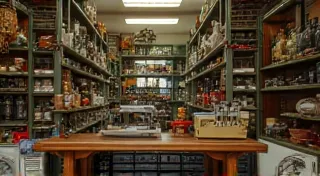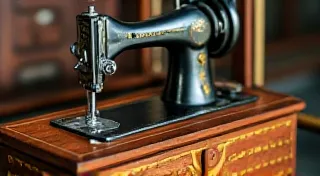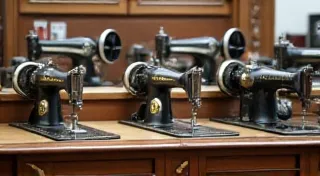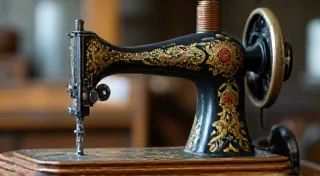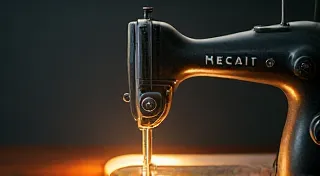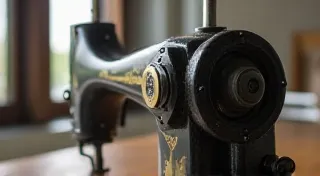The Aesthetic Appeal: Why Antique Sewing Machines Are Beautiful Objects
For many, collecting vintage sewing machines isn't just about owning a piece of history or a functional tool. It’s about possessing beautiful objects. These machines, often overlooked as mere workhorses of domesticity, represent a remarkable intersection of engineering, artistry, and design. While their primary function was to sew, manufacturers of the late 19th and early 20th centuries also understood the power of aesthetics and strived to create machines that were visually appealing as well as mechanically sound. This article delves into the decorative elements, craftsmanship, and artistic design that elevate antique sewing machines beyond mere utility, making them compelling objects for collectors and admirers alike.
The Dawn of Decorative Machines
The early years of the sewing machine industry (roughly the 1850s to the 1880s) were largely driven by functionality. Machines were built to be practical and efficient, with less emphasis on outward appearance. However, as the market matured and competition intensified, manufacturers realized that adding decorative elements could be a significant selling point. This realization marked the beginning of a shift towards more aesthetically pleasing designs.
The rise of the Arts and Crafts movement also played a role. This artistic philosophy emphasized handcrafted objects with organic shapes and natural motifs. Manufacturers began incorporating these influences into their sewing machine designs, creating machines that were both functional and visually appealing. Suddenly, owning a sewing machine became a status symbol, reflecting not only a household’s ability to produce clothing but also their appreciation for beauty and craftsmanship.
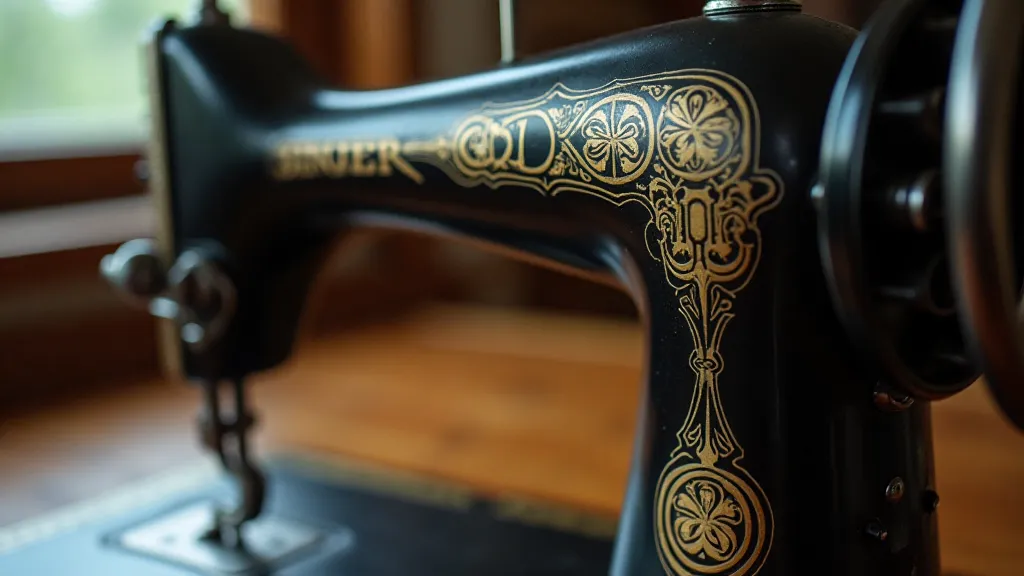
Ornate Decals and Painted Finishes
Perhaps the most immediately striking feature of many antique sewing machines is their intricate decal work. These aren't simple labels; they’re elaborate, multi-layered designs that often depict scenes of pastoral landscapes, flowers, birds, and classical motifs. These decals were painstakingly applied during the manufacturing process, requiring skilled artisans. The quality and complexity of the decals were often indicative of a machine’s value and prestige. The colors themselves were often rich and vibrant, using durable pigments that have remarkably stood the test of time.
Beyond the decals, the painted finishes were also key to the aesthetic appeal. Early machines were often finished in black enamel, but as technology advanced, manufacturers experimented with a wider range of colors, including cream, brown, green, and even shades of red and blue. These finishes weren't just applied as a solid color; they were often carefully layered to create subtle shading and highlights, adding depth and visual interest. Some machines featured hand-painted details, showcasing the skill of the artisans involved in their creation.
The Grace of Curves and Metalwork
The overall shape of a vintage sewing machine is also a significant contributor to its aesthetic appeal. While early machines were often boxy and utilitarian, later models embraced curved lines and graceful contours. The Singer Featherweight, for example, is renowned for its elegant, streamlined design. The use of curved legs, rounded bodies, and flowing lines created a sense of lightness and fluidity that was a departure from the more rigid forms of earlier models.
The metalwork itself was often a showcase of craftsmanship. Manufacturers used a variety of techniques, including engraving, stamping, and casting, to create decorative details on the machine’s body, bobbin winder, and other components. Intricate floral patterns, geometric designs, and even miniature portraits were frequently incorporated into the metalwork, adding a touch of elegance and sophistication.
The Art of the Bobbin and Accessories
The aesthetic details weren't limited to the main body of the machine. Even the smaller components, like bobbins and accessories, were often designed with care. Early bobbins were often made of polished steel or brass, their reflective surfaces adding a touch of luxury. Accessories, such as presser feet and hemmer attachments, were often crafted from beautifully finished metal, further enhancing the machine’s overall appearance.
Even the storage cases and tables designed to accompany these machines were often works of art in themselves, made from finely crafted wood and adorned with decorative carvings.
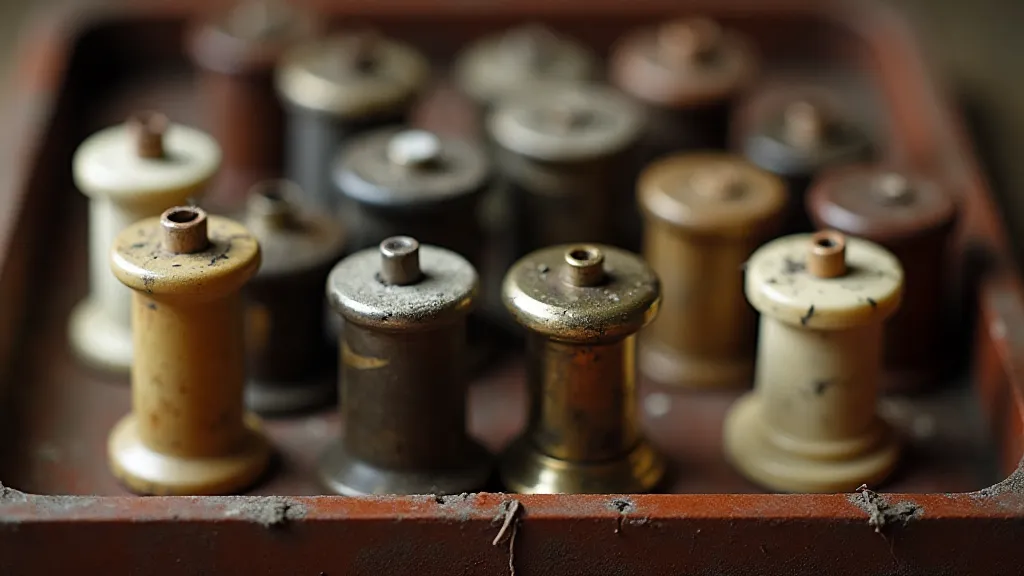
Beyond Functionality: A Reflection of an Era
The aesthetic appeal of antique sewing machines extends beyond their purely decorative elements. They are tangible links to a bygone era, offering a glimpse into the values and artistic sensibilities of the late 19th and early 20th centuries. The emphasis on craftsmanship, the celebration of natural motifs, and the desire to create beautiful, functional objects all reflect the cultural context in which these machines were created.
Owning an antique sewing machine isn't just about possessing a piece of machinery; it's about owning a piece of history, a work of art, and a testament to the enduring power of human creativity.
Collecting and Appreciation
For collectors, the aesthetic appeal is a key driver. It’s not simply about acquiring a functional object; it’s about appreciating the artistry and craftsmanship that went into its creation. Collectors often seek out machines with particularly beautiful decals, unique finishes, or intricate metalwork. They are drawn to the beauty and elegance of these machines, recognizing them as works of art.
Even for those who aren’t collectors, antique sewing machines offer a unique opportunity to appreciate the intersection of art, engineering, and design. They are a reminder that even everyday objects can be beautiful and inspiring.
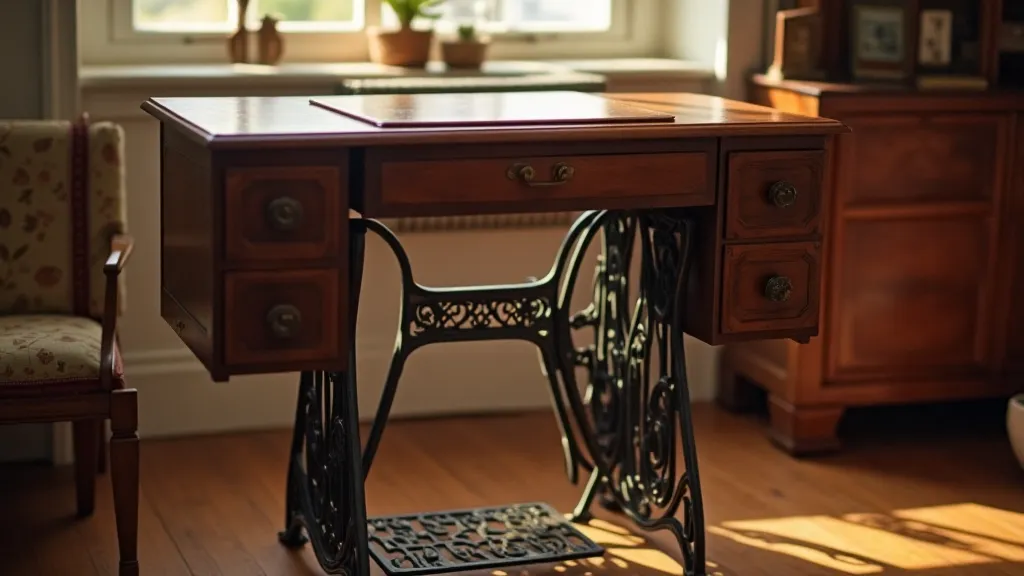
Conclusion
The aesthetic appeal of antique sewing machines is undeniable. From their ornate decals and painted finishes to their graceful curves and intricate metalwork, these machines represent a remarkable fusion of function and artistry. They are not merely tools; they are objects of beauty that connect us to a rich and fascinating history. Whether you're a seasoned collector or simply an admirer of fine craftsmanship, the beauty of antique sewing machines is sure to captivate and inspire.
